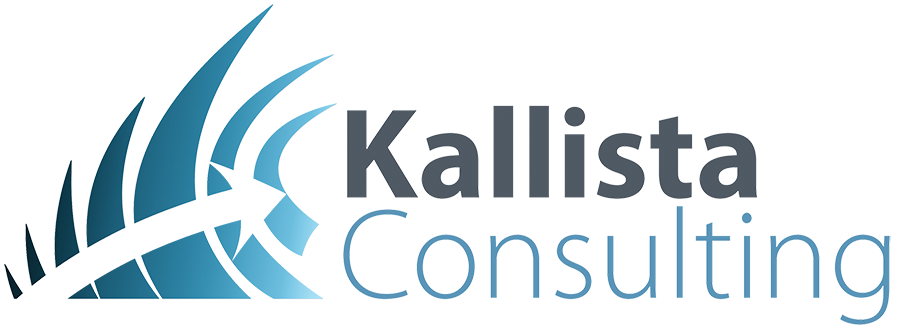Inventory - A Killer Waste!
Part 3 of Value Creation & Waste; A Lean Practitioner's Perspective
Inventory is one of the two wastes that I call ‘killer wastes’. Inventory waste is a killer because it exists in all types of organisations and is incredibly destructive to capacity. It is a problem that I always search for and target for improvement. In my experience, where the client wants increased capacity and throughput, inventory waste is usually one of the low hanging fruits.
Inventory waste manifests itself in two main forms:
Type 1: Excessive raw materials, components, sub-assemblies and products on shelves in warehouses or at point of sale
Type2: Queues of WIP (Work in Progress) piling up at a ‘bottleneck’ process or resulting from Over-Production
The lean practitioner should aim to minimise both forms of inventory waste.
Let's deal with Type 1 Inventory waste first. Holding inventory has a cost. It ties up capital, requires storage space, uses personnel to manage it, attracts an insurance cost and will suffer obsolescence. Most estimates I have heard from business leaders are that these costs are around 20% of the inventory value per year! That makes for a significant potential impact on margins if inventory is not managed well. And yet it is common to find stock levels far beyond the necessary holdings given the usage rate and lead times. Increasing inventory levels after running out of an item unexpectedly (stock-outs) is frequently the mechanism applied to prevent future stock-outs. However, this is too frequently done without proper evaluation of root cause. Ultimately, stock-outs are caused by sub-optimal inventory management and/or poor supply chain reliability. Carrying more inventory will cost you more and may increase the time until the next stock-out, but may not prevent you from running out. The real solution is to get to grips with inventory management and building supply chain relationships, which I will discuss in more detail in another article.
Less well understood is Type 2 inventory waste. This is the form that makes inventory a killer waste and the Lean practitioner must be particularly attuned to it. Notably, it is the only one of the seven wastes that has it's own symbol in Value Stream Mapping (VSM).
It manifests as work that has begun (WIP) but that is sitting in a queue with no value being added. One of the five core principles of lean is that work (Value Creation) should flow without interruption. Any interruption to flow means that this principle is not being satisfied and this will manifest either as waiting or type 2 inventory waste. Hence, inventory is a symptom of poor flow.
Causes of poor flow include:
batching; when we produce work in batches, we automatically place every item in the batch, except the one we are working on at that moment, into inventory. This is the core reason that single piece flow, or at least minimising of batch sizes, is so desirable in manufacturing.
unbalanced value streams where bottleneck processes (processes that take longer than their predecessors) exist. It is vital to understand that any given value stream can produce no faster than it's slowest process!
poor coordination of workflow
running out of parts or not having the right skills available to resource a process
The solutions to Type 2 inventory are therefore to:
minimise batch sizes, ideally to the special case of the batch equalling 1 (single piece flow)
ensure that the line is balanced, i.e., that each process in a value stream takes a similar time
have robust, preferably visual, systems for controlling the flow of work, including different standard work for varying products or resourcing
invest in robust inventory management and parts supply to the line
In factories, Type 2 inventory is usually quite obvious as the physical work or parts pile up. In administrative and service environments, however, it can sometimes get hidden in digital workflows unless there is some form of visual reporting.


